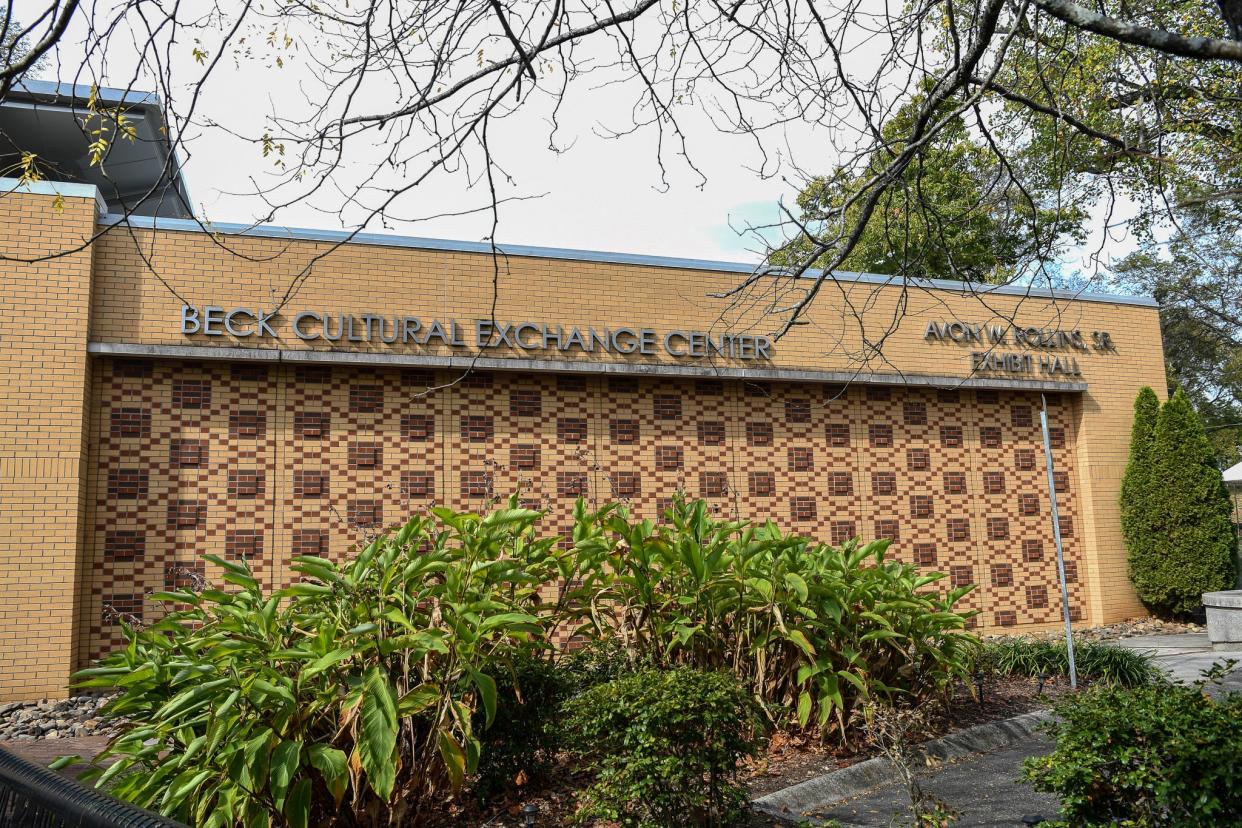Black newspapers from first half of 1900s are historical treasures | Opinion
Thumbing through old newspapers can be a historian's treasure. One can find nuggets of delight or despair. One can uncover little-known facts or oddities, but there is always something of interest. Fortunately, there is no lack of newspapers to be read. The daily papers in the McClung Collection at the East Tennessee History Center date back to 1791. The Black newspapers at the Beck Cultural Exchange Center are spotty but give a good glimpse of community activities.
In 1939, the Knoxville Black weekly the Flashlight Herald gushed with joy that the salaries of Black and white teachers had been equalized. It praised Dewey Roberts, a math teacher at Beardsley Junior High School, for his five-year effort in bringing that about. He had registered voters, supported a candidate for mayor who believed in his cause and found the funds to equalize the pay.
The effort began in 1934 when the Colored Teachers' League of Knoxville wrote a letter to Superintendent Harry Clark to adopt "One salary schedule on the basis of preparation, experience, efficiency and work to be done." They decried the pay schedule under which Black teachers were paid 20% less than white teachers.

On July 24, 1937, Lucy Goins of 225 South Georgia St. became the first person in the city to receive an old-age pension check. Seven others in the city also got checks that day from the state of Tennessee's Department of Institutions and Public Welfare. They were four aged men and three old women who had been on relief rolls. Goins' check was for $13.
The Rev. J. W. Haywood was pastor of Mount Zion Baptist Church from 1926 to 1930 and believed in strict rules of the Christian faith. When he learned that several members of his church had danced at a party in 1929, he dismised them from the church. They included some of Black Knoxville's elite: Dr. H.M. Green, Dr. J.H. Presnell, Dr. A.J. Bacote and professor James Hardy. One member, Bartow Wilson, did not dance but was ousted from the church because he glorified the dance in a publication.
On Oct. 6, 1943, a well-known character from the Lonsdale community was pictured in a news item while holding $500 worth of War Bonds. It was Lucille Fortson, better known as "Big Six." The item said she had "Quit shooting and started buying War Bonds. Recently she was acquitted on a plea of self-defense for the fatal shooting of Will McDowell in a fight over a crap game."
Alice Smith, niece of former slave Cal Johnson, decided to give her 13-year-old Great Dane, Mutt, an elaborate funeral in June 1942. She had an undertaker prepare its body and bought a casket lined with plush and orchid satin. The dog was taken to the cemetery in a funeral car and interred in the Cal Johnson family plot in Oddfellows Cemetery, where a large crowd witnessed the burial.
In 1917, Black Knoxvillians finally had access to a library. Mary Miller and Irving K. Merchant were appointed librarians for Carnegie Library, which had recently been built and accepted by the City Commission. Miller, a high school graduate with some teaching experience, was in Louisville, Kentucky, taking a course in the Negro Library System. Merchant was a graduate of Boston University and pastor of the Second Congregational Church in the city. Both were working on a list of books to be acquired by the library.
Robert J. Booker is a freelance writer and former executive director of the Beck Cultural Exchange Center. He may be reached at 865-546-1576.
This article originally appeared on Knoxville News Sentinel: Opinion: Black newspapers from first half of 1900s are treasures
